How would you create this 'mini' woodland ?
Lauren_StL
18 years ago
Related Stories
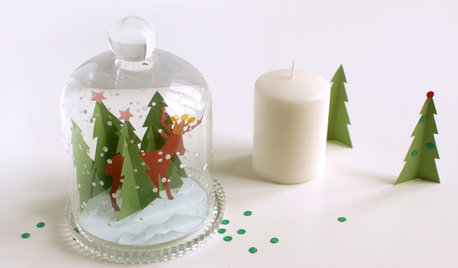
CHRISTMASCreate a Mini Winter Wonderland
Use our template — or make your own — to bring the magic of a snowy landscape to your holiday decor
Full Story
PRODUCT PICKSGuest Picks: Create a Lodge-Chic Kids' Bedroom
Conjure the feel of a woodland retreat with plaids, animal accessories and campworthy finds
Full Story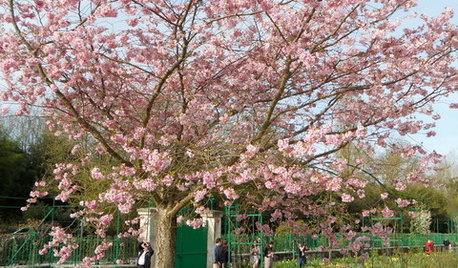
INSPIRING GARDENSTake a Mini Springtime Tour of Monet's Giverny Gardens
Virtually stroll through the inspiring French gardens, gathering an eyeful of spring blossoms and painterly views
Full Story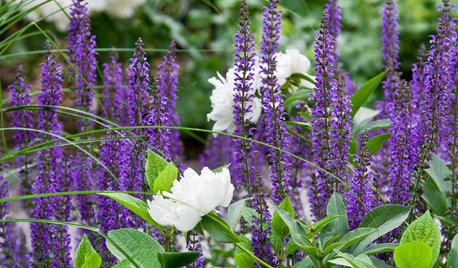
GARDENING AND LANDSCAPINGGarden Tour: Colorful, Serene Woodland Near Boston
Exuberant perennials, outdoor rooms and a surrounding woodland come together to create a beautiful landscape in Massachusetts
Full Story
CHRISTMAS3 Easy Crafts for a Glittery Woodland Holiday Display
Create a rustic but shimmery arrangement with inexpensive materials and little effort, for festive DIY holiday decor
Full Story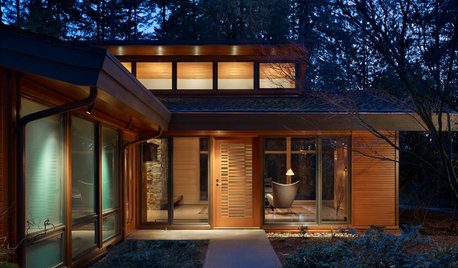
HOUZZ TOURSHouzz Tour: Transparency Guides a Woodland Home
A midcentury gem's renovation brings in the light and the woods while respecting the original architecture
Full Story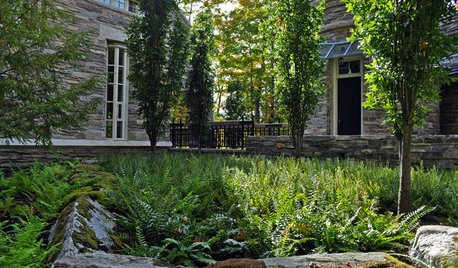
GARDENING GUIDESGreat Design Plant: Woodland Garden Beauty Polystichum Acrostichoides
Eastern U.S. native Christmas fern is a living decoration in the winter woodland garden
Full Story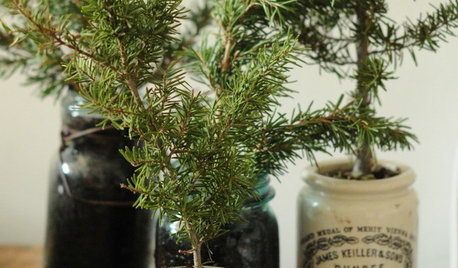
CHRISTMAS TREESLast-Minute Christmas: Mini Tree in a Pot
Create a temporary tree with cuttings or buy a small live tree to love for years
Full Story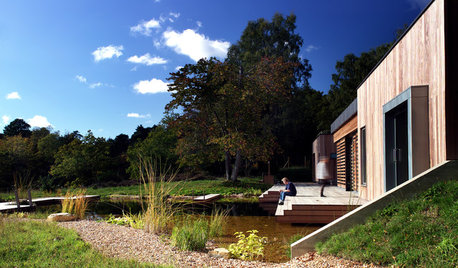
MODERN HOMESHouzz Tour: Nature and Efficiency Inspire a Woodland Home
This English design plays up simplicity, natural light and its spectacular forest setting
Full Story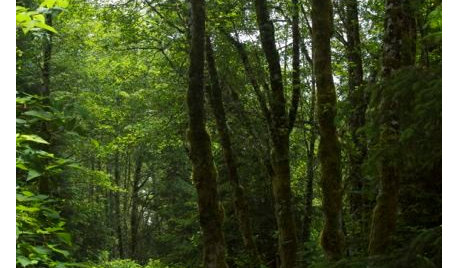
LANDSCAPE DESIGNLet Nature Inspire Your Landscape: Ideas for a Woodland Garden
Fill your senses with the magic of a wild forest-inspired garden — from shady understory plants to towering treetops
Full Story






Judy_B_ON
Lauren_StLOriginal Author
Related Professionals
Garden City Landscape Architects & Landscape Designers · Aurora Landscape Contractors · Lakeland Landscape Contractors · Damascus Landscape Contractors · Lantana Landscape Contractors · Melrose Park Landscape Contractors · Plantation Landscape Contractors · Casselberry Landscape Contractors · Palos Heights Landscape Contractors · Canton Fence Contractors · Cherry Hill Fence Contractors · Cockeysville Fence Contractors · Downey Fence Contractors · Pacifica Fence Contractors · Tustin Siding & ExteriorsElaine_NJ6
Lauren_StLOriginal Author
knottyceltic
ahughes798
Lauren_StLOriginal Author
Fledgeling_
shadowgarden